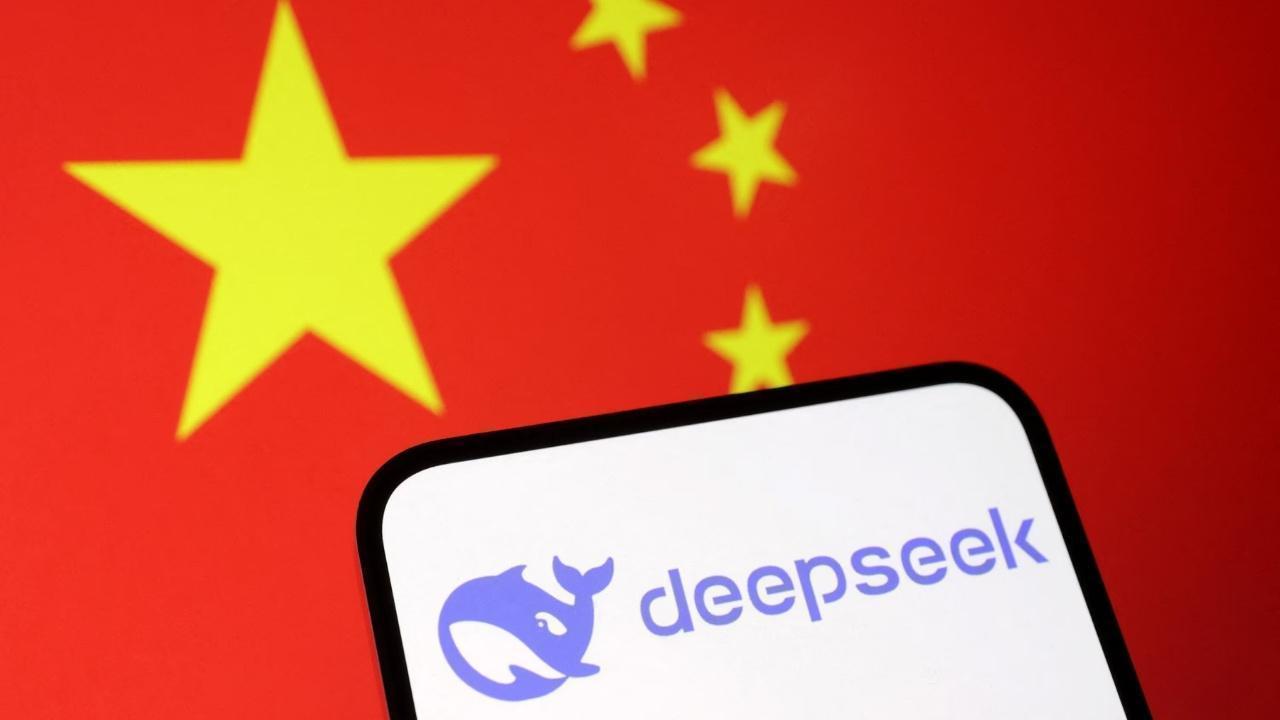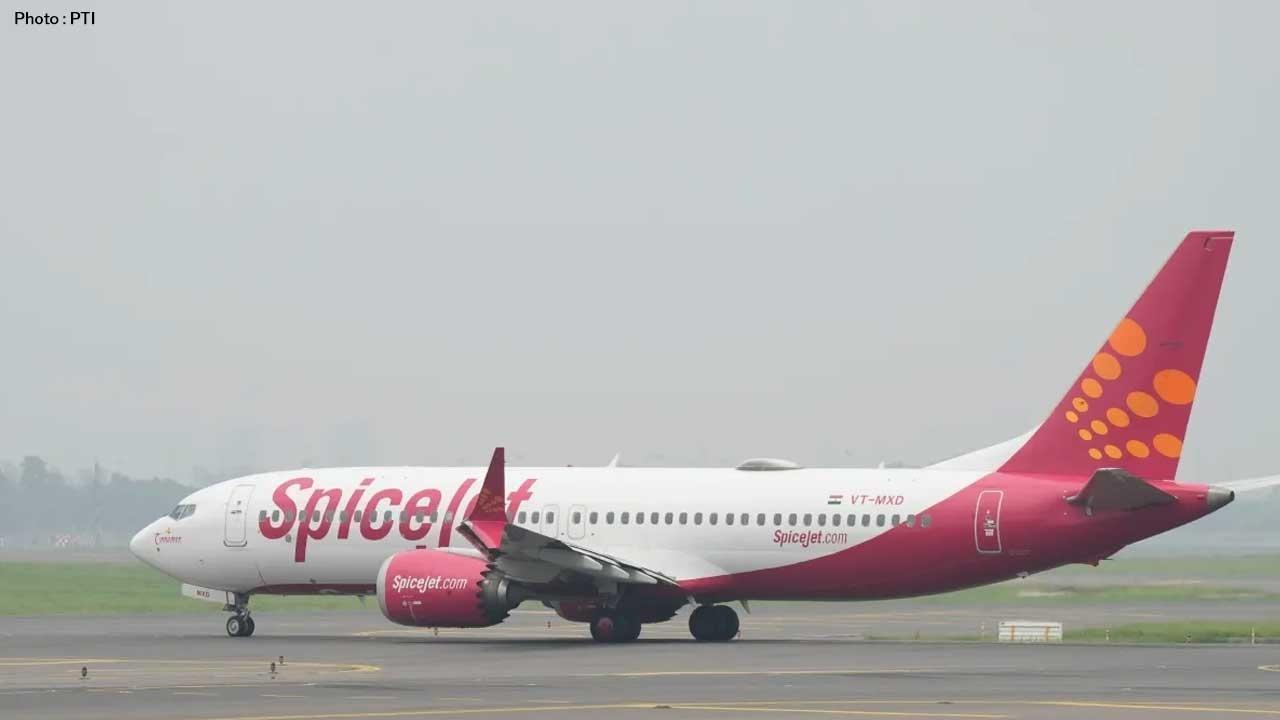
Join 10k+ people to get notified about new posts, news and tips.
Do not worry we don't spam!

Post by : Anis Farhan
DeepSeek made public for the first time that the R1 model was trained using a cluster of 512 Nvidia H800 chips, running for around 80 hours.
In preparatory stages it used more powerful A100 chips, but the main bulk of training seems to have been on the H800s.
The cost figure, about $294,000, refers specifically to that main training run disclosed in supplementary material of the Nature paper.
DeepSeek also clarified that the cost does not include expenses associated with earlier stages of development—base model creation, data gathering, experiments, previous versions, or infrastructure, which typically add up.
Many comparable models require tens of millions (or more) just for the final training runs, not counting ancillary costs like data preprocessing, experimentation or infrastructure.
The hardware used—H800 chips—are known to be less powerful than top tier chips normally used in high-end AI labs (for example, H100 or A100). Access to powerful chips is restricted often by export controls, making DeepSeek’s setup relatively constrained.
The lower cost suggests DeepSeek is doing something efficient: either using fewer resources or optimizing them well.
While DeepSeek hasn’t revealed every detail, the public information suggests several efficiency measures:
Using less powerful but more available hardware: The Nvidia H800 is less capable than top-tier chips, but if enough are used in parallel, costs can be brought down.
Short training duration: 80 hours on 512 H800s is relatively modest for a final training run. Some models run for many more hours or even weeks.
Fine-tuning or distillation methods: The model likely builds on previous work or base models and possibly uses distillation or efficient reasoning mechanisms so that it doesn’t have to “reinvent the wheel” from scratch.
Rigorous model and training design: Focusing on specific tasks (like reasoning, mathematics, coding) rather than trying to do everything might allow for slimmer models that cost less.
It’s important to see what the disclosed number excludes:
The cost of creating or training the base model on which R1 is built. Research, data collection, preliminary training runs often cost significantly more.
Infrastructure costs: electricity, cooling, data center facilities, hardware depreciation, storage and networking.
Personnel costs: data scientists, engineers, researchers, operations staff.
Any ongoing maintenance, fine-tuning, error fixing, or optimizations after launch.
The cost of validating, testing, ensuring safety, security, robustness, etc.
The announcement has several ripple effects for how people view AI model development, especially on cost, competitiveness, and accessibility:
Cost Efficiency Becomes Visible
If DeepSeek’s claims hold, it suggests that serious AI models with good reasoning ability can be built for far less than many expect. That challenges the narrative that huge budgets are always necessary.
Competitive Pressure Rises
Other AI labs, especially in places where hardware costs are high, might feel pressure to match that efficiency. It may force companies to invest more in optimization, architecture innovations, or more efficient chip utilization.
Hardware Access & Policy Influence
Because DeepSeek used restricted or region-specific chips (due to export limitations on more powerful ones), it highlights how hardware access, regulation, and trade policy affect what kind of innovation is possible and at what cost.
Transparency and Peer Review are Valuable
Publishing cost numbers (especially in peer-reviewed outlets) helps researchers, investors, and regulators understand the real economics of AI. It allows for better benchmarking, accountability, and expectation setting.
Open-Weight and Open Access Models
DeepSeek’s model is open weight, meaning users can download it. Wide availability may accelerate innovation since others can build on or evaluate it directly, test it, and possibly improve it.
Even though the cost is low relative to many benchmarks, there are reasons to be cautious about drawing too broad conclusions:
Performance matters as much as cost. If the model underperforms in certain domains or tasks, then low cost alone isn’t enough.
Hidden costs can be large: base model creation, research and development, hardware acquisition, ongoing improvements.
Scale matters: a low-cost reasoning model might be fine for some tasks but not for those requiring huge memory, huge data, or real-world safety constraints.
Profitability and business model implications: training cheaply doesn't always mean one can monetize effectively, or sustain long term operations.
Reproducibility: independent verification of claims (on performance, robustness, safety) remains essential.
Observers are calling it a milestone in cost disclosure. Not many firms publish how much they really spend on training the final models.
Some AI experts are pointing out that even DeepSeek’s figure, though much lower, still depends heavily on many prior investments and existing research base that others may not have.
Some comparison with U.S. or western firms shows a massive gap: where hundreds of millions are often assumed necessary, DeepSeek seems to push that threshold down.
There is debate whether this heralds a shift in AI development economics—if others can replicate similar efficiency, the barrier for entry may lower significantly.
Lower costs mean that smaller companies, startups, or academic labs might now see AI model development as more accessible. India’s tech ecosystem could benefit if efficiency becomes the norm.
For policymakers, this raises questions about ensuring fair access to hardware, regulation around AI exports, incentivizing efficient AI R&D (instead of just raw spending).
Talent can now compete more on clever architecture, optimization, and efficient usage, not just massive funding.
With AI being more affordable, adoption in local languages, regional tasks, or specialized domains (health, agriculture, vernacular content) may accelerate because cost barriers decrease.
DeepSeek’s announcement that its R1 model was trained for about US$294,000 shakes up many assumptions in the AI world. It doesn’t mean every AI model can (or should) be built for that little—but it shows that with smart use of hardware, constrained tasks, efficient design, and perhaps mature base models, the costs of serious AI work can be far lower than many believe.
This transparency pushes the field to think harder about efficiency, not just scale. For researchers, startups, and tech-policy makers, DeepSeek’s move is a call to reimagine what’s necessary, what’s possible, and to get more value from AI work than just big numbers.
This article is based on publicly disclosed materials, including a peer-reviewed paper, as of mid-September 2025. Some details may be clarified or updated later by DeepSeek or other researchers.










Suranika Roshan Celebrates Bakery Launch with Saba Azad's Support
Suranika Roshan opens her bakery, The Moon Beam Bakery, as Saba Azad shares an encouraging message o

Jets Make History with Unprecedented Special Teams Touchdowns
In a landmark game, the Jets scored two touchdowns on special teams, making franchise history with a

Chargers Secure 25-10 Win Over Steelers with Strong Defense and Herbert's Leadership
Los Angeles Chargers triumphed over the Pittsburgh Steelers 25-10, showcasing a formidable defense a

Rams Triumph Over 49ers; Adams Left with Minor Oblique Injury
The Rams secured a 42-26 win against the 49ers, but Davante Adams left the game in the fourth quarte

Jurel's Stellar Performance Raises Selection Dilemmas for India
Ahead of the South Africa Tests, Dhruv Jurel's impressive form complicates team selection as Rishabh

Ryan Williams Embraces Indian Identity, Joins Football Camp
Ryan Williams has transitioned from Australia to India, joining the national football camp in Bengal